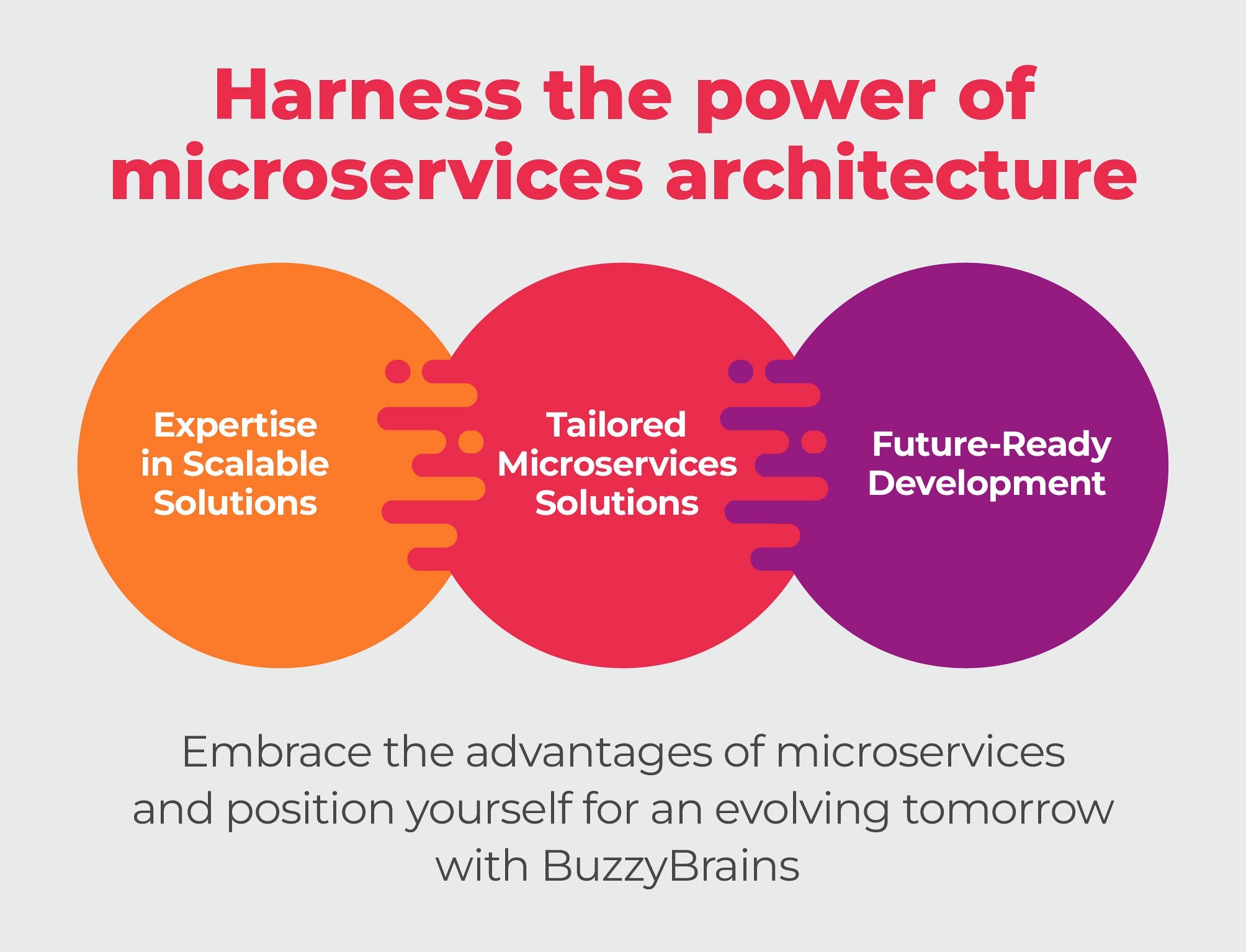Microservices Architecture: Complete Guide

The search for software model designs that are not just effective and scalable, but also most flexible has given rise to the paradigm-shifting concept of microservices architecture. This thorough blog seeks to demystify the complexities of microservices by providing information on its guiding principles along with the advantages and difficulties. In the end, it seeks to define how adopting this architecture may grow your company to new heights.
Introduction to Microservices Architecture: Breaking Down Monoliths
- Definition of Microservices: – A monolithic application is divided into smaller, independently deployable services using a microservices architecture.
- Core Principles: – The fundamental ideas of microservices architecture are decentralization and autonomy. Modularity too is a central point here.
- Comparing Monoliths: – Microservices allow the construction of modular, separate components, in lieu of monolithic systems where a single codebase manages all functionalities.
Key Components of Microservices Architecture:
- Service Independence: – Microservices function as separate services, with each one containing a particular business function.
- API Communication: – Well-defined APIs allow microservices to communicate with one another, which makes integration easier.
- Data Management: – By managing its own data, each microservice reduces dependencies and fosters data autonomy.
- Decentralized Governance: – Governance in microservices is decentralized, allowing teams to make decisions independently.
Benefits of Embracing Microservices Architecture:
1. Scalability:
Microservices’ horizontal scalability allows businesses to scale individual services in response to demand.
2. Agility Enhancement:
The ability to build, deploy, and scale individual microservices separately improves agility.
3. Fault Isolation:
By dividing the services, a single microservice failure is prevented from propagating to other parts of the system.
4. Technological Diversity:
Teams can foster technological variety by selecting the best technology stack for each microservice.
Challenges and Considerations:
- Complexity in Communication: – Proper protocol and API design consideration is necessary for microservices to communicate with each other in an effective manner.
- Data Consistency: – Keeping data consistent between microservices can be difficult and need careful planning.
- Monitoring and Debugging: Reliable tools and procedures are necessary for monitoring and debugging in a distributed microservices context.
- Cultural Shift: Adopting microservices often entails a cultural shift in terms of development, collaboration, and ownership.
Implementation Strategies:
- Strangler Pattern:
Gradually replace monolithic components with microservices, minimizing disruption.
- Canary Releases:
Introduce microservices incrementally, testing with a subset of users before full deployment.
- API Gateways:
Implement API gateways to manage communication between microservices, ensuring security and scalability.
BuzzyBrains and Microservices Excellence
BuzzyBrains excels in harnessing the power of microservices architecture. Let’s discuss its complexities:
- Expertise in Scalable Solutions:
We bring forth a wealth of expertise in developing scalable and adaptable solutions using microservices architecture.
- Tailored Microservices Solutions
With a client-centric approach, it tailors microservices solutions to meet the unique needs of businesses across industries.
- Future-Ready Development:
By partnering with BuzzyBrains, businesses have been embracing the never ending advantages of microservices and position themselves for future-ready development.
Software Evolution
Businesses find that the strategic advice of an experienced partner such as BuzzyBrains is vital as they manage the complexity of implementation. Unlock the full potential of your software infrastructure by embracing the microservices paradigm and paving the way for an era when efficiency and adaptability are paramount. Join BuzzyBrains as we set out on this revolutionary path to software innovations.
